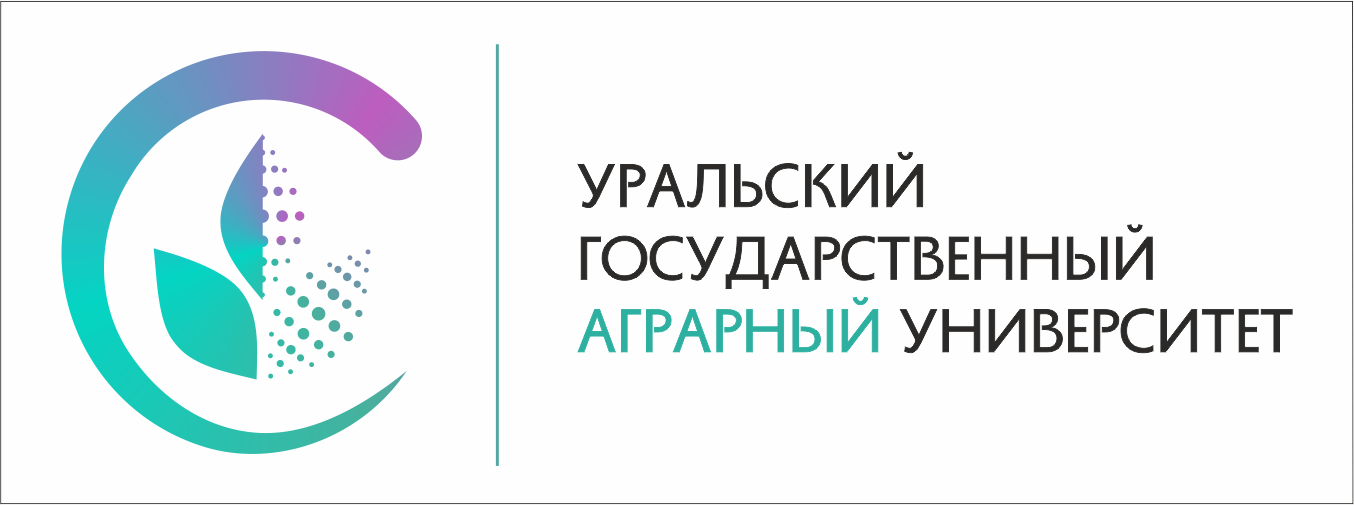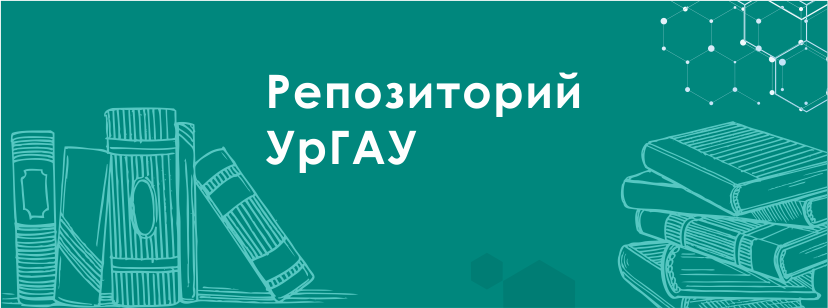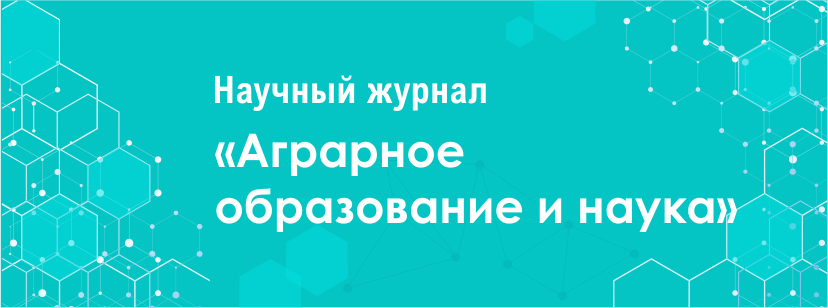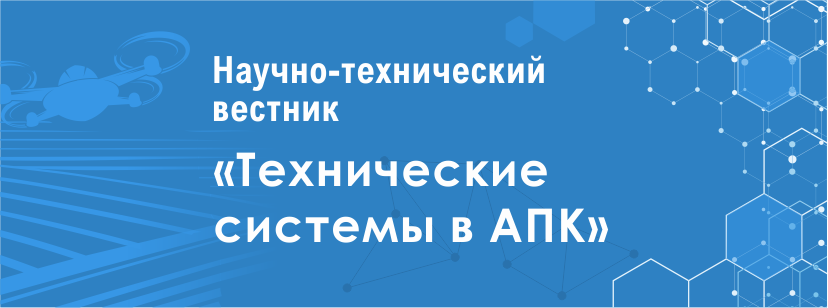T. V. Voblikova1, 2, I. A. Likhanova1 , Ya. N. Manurikov1
1 Yaroslav the Wise Novgorod State University, Veliky Novgorod, Russia
2 Kuban State Technical University, Krasnodar, Russia
E-mail: This email address is being protected from spambots. You need JavaScript enabled to view it.
Volume 24 No. 12
Date of paper submission: 05.09.2024, date of review: 11.11.2024, date of acceptance: 20.11.2024
Published: 12/28/2024
Abstract. Food adulteration is one of the major problems worldwide nowadays, especially in developing or underdeveloped countries. In order to increase the quantity of the product for adulteration, less expensive ingredients are added (for the sake of high profit), which may be harmful to consumer health or do not contain nutrients. The most valuable food products and ingredients are most susceptible to adulteration. Therefore, the determination of food authenticity and detection of adulteration have become important for effective quality control and food safety. Addition of vegetable oils and removal of natural milk fat from milk and dairy products lead to deterioration of quality and loss of nutrients. The purpose of this study was to evaluate the possibility of using Fourier transform infrared spectroscopy as a tool for obtaining the lipid profile of cow’s milk and cream, as well as the application of new data for their authentication. Methods. In this work, cow’s milk and cream samples from different ecogeographical regions of the Russian Federation were investigated using standard analytical methods and Fourier transform infrared spectroscopy to identify the wavenumber regions characterizing the fat phase of milk and cream. The conducted studies resulted in an assessment of changes in the structure of IR spectra of cow’s milk and cream depending on the mass fraction of fat, temperature treatment of the raw material and the season of manufacture. The areas of wave numbers characterizing the specificity of the samples were identified. Differences in the spectra of cow’s milk and cream were established, and the commonality of wave numbers characteristic of the considered samples was determined. When evaluating the obtained spectra, three main informative areas of wave numbers were identified. Infrared spectroscopy methods can provide an alternative to traditional analytical strategies, which are usually based on wet chemistry to determine the amount of marker compound. The scientific novelty. The data obtained during the studies will become an information basis for the development of a new low-cost approach to assessing the safety of dairy raw materials and dairy products using IR Fourier spectroscopy.
Keywords: adulteration; dairy products; food quality; spectroscopic methods Acknowledgements. The work was carried out at the expense of a grant from the Russian Science Foundation No. 24-26-00160, https://rscf.ru/project/24-26-00160/
For citation: Voblikova T. V., Likhanova I. А., Manurikov Ya. N. Selection of the most informative wave numbers for assessing the profile of fatty acids in milk and milk fat based on near and mid-infrared spectra. Agrarian Bulletin of the Urals. 2024; 24 (12): 1673‒1683. DOI: https://doi.org/10.32417/1997-4868-2024-24-12-1673-1683 (In Russ.)
Download the full text of the article












